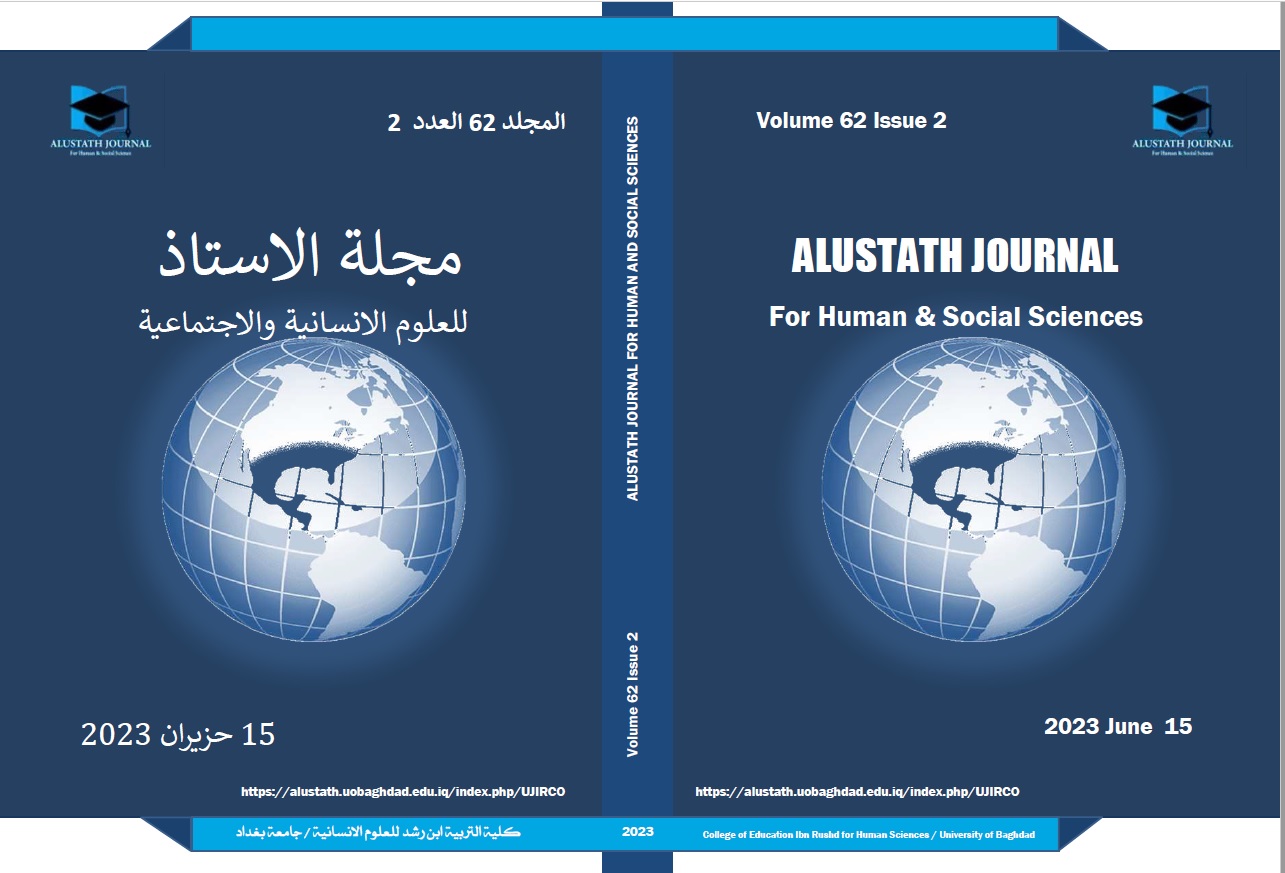Measuring the Linguistic Enlightenment of EFL University Students
DOI:
https://doi.org/10.36473/ujhss.v62i2.2073Keywords:
Linguistic enlightenment, fluency, flexibility, originalityAbstract
Linguistic literacy is one of the learning outcomes that language education seeks to achieve because it works to develop students' awareness and understanding of all aspects of the language, and it also enables students to use the language with skill, and provide them with a linguistic wealth that develops the ability to communicate effectively in different life situations, as well as enlightenment Linguistically students avoid avoiding linguistic errors, and is an indication of the judgment of students' levels, as it gives them the ability to control the language, and to view the grammar as a tool for understanding the language and its taste and a means to ensure the integrity of the linguistic performance, not as dry and complicated rules. An analytical descriptive approach is used to suit the nature of this research.
Downloads
References
- Akhter, N.(2014). The Effectiveness of Creative Writing in Language Learning: A Comparative Study between Bangla Medium and English Medium Elementary Level. Thesis Submitted to the Department of English Language and Humanities of BRAC University.
- Anderson, L.W., Krathwohl, D.R., Airasian, P.W., Cruikshank, K.A., Mayer, R.E., Pintrich, P.R., Raths, J., Wittrock, M.C. (2001). Taxonomy for Learning, Teaching, and Assessing: A Revision of Bloom’s Taxonomy of Educational Objectives. New York: Pearson, Allyn & Bacon
- Bell, K. (2017). Creative Writing in Relation to Formal Essay-Writing Skills and Understanding of Literature. Summary of survey and interview results, this project is funded by the English Subject Centre, Higher Education Academy.
- Cannon, H. M. and Feinstein, A. H (2005). Bloom Beyond Bloom: Using the Revised Taxonomy to Develop Experiential Learning Strategies, Developments in Business Simulation and Experiential Learning, Vol. 32, 2005
- Fay, D. (2007). Student Storytelling through Sequential Art. English Language Teaching Forum, 45(3), 2-11
- Grainger, T., Goouch, K., & Lambirth, A. (2005). Creativity and Writing: Developing voice and verve in the classroom. London: Routledge.
- Griva, E. (2007). A story-based framework for a primary school classroom. English Language Teaching Forum, 45(4), 26-31.
- HMIE Report. (2006). Promoting Creativity in Education: Overview of National Policy. Available: http://www.hmie.gov.uk/documents/publication/hmiepcie.html (April 25, 2009)
- Hooker, J. (1997). Developing creativity: The place of the imagination in the academy. Writing in Education, 11, 4-7.
- Morgan, K. (2007). Creative Nonfiction. West Virginia: West Virginia University Press.
- Nasir, L. & Naqvi, S. & Bhamani, S. (2013). Enhancing Students Creative Skills: An Action Research Project. Acta Didactica Napocensia, 6(2), 27- 32.
- Nunan, D. (1999). Second language teaching and learning. Boston: Heinle & Heinle.
- Oxford Dictionary on Line (2018). Oxford English Dictionary, Available at: https://en.oxforddictionaries.com/, Retrieved at : 6 /9/2018.
- Pennington, Donald (2003). Essential Personality. Arnold. p. 37. ISBN 0-340-76118-0.
- Saasen, Marie (2019) Creativity: Fluency, Flexibility, Originality and elaboration. Game Changer’s Mindset. 2019 Marie Saasen. Poared by WordPress & xFrontend.
- Sincero, S. M (2011). Domains of Learning. Accessed from https://explorable.com/domains-of-learning Date accessed 8th October 2018.












